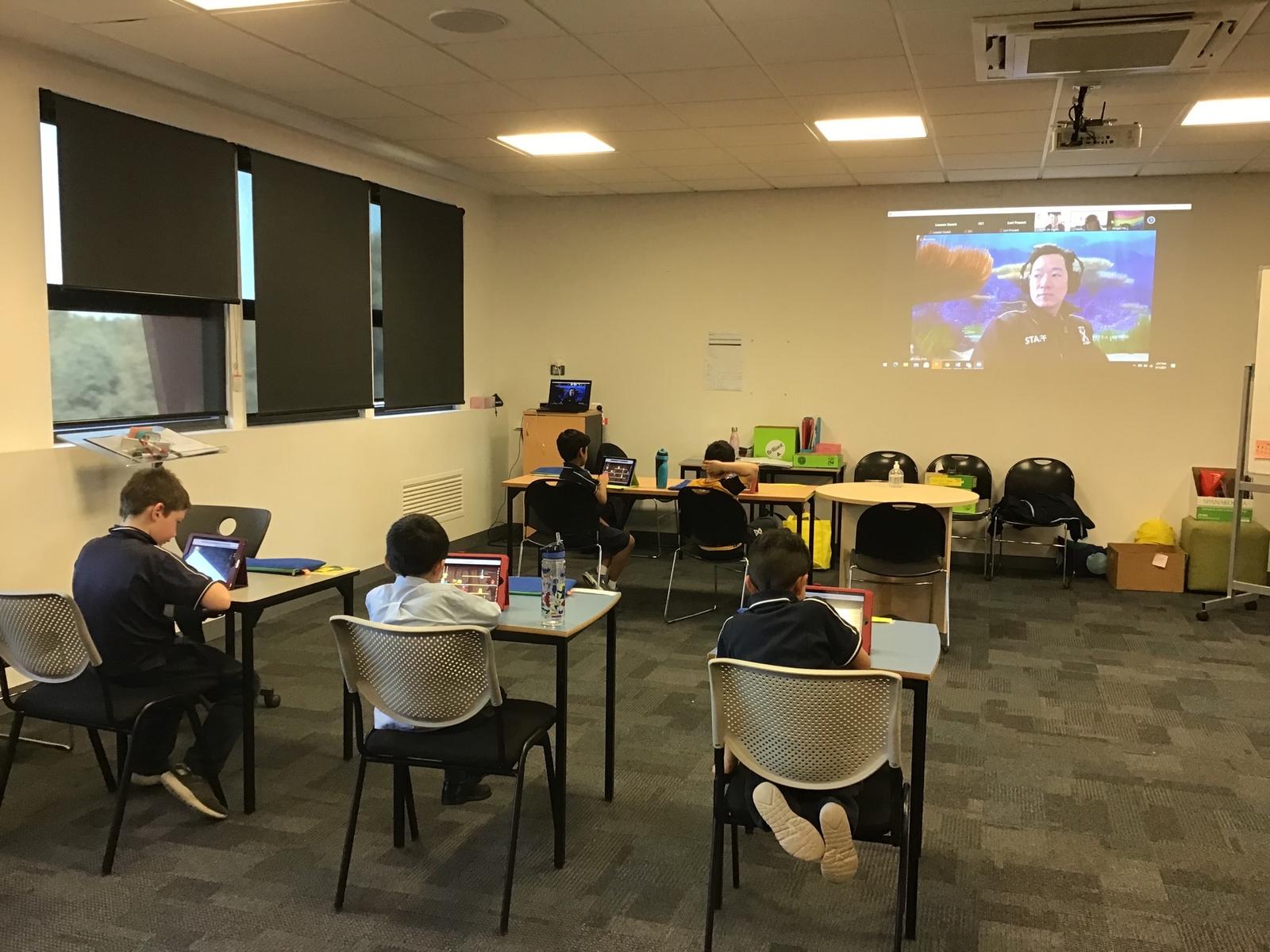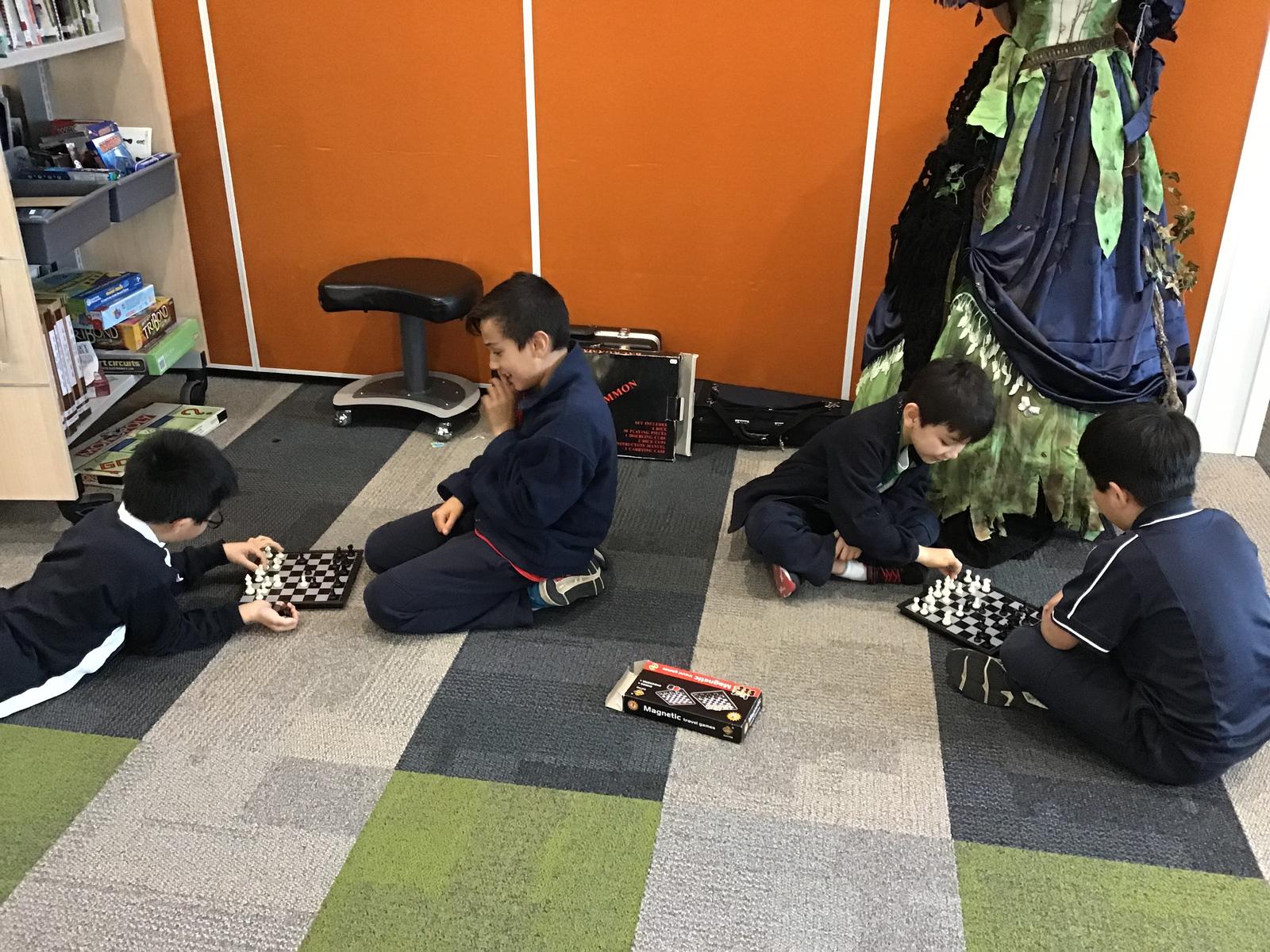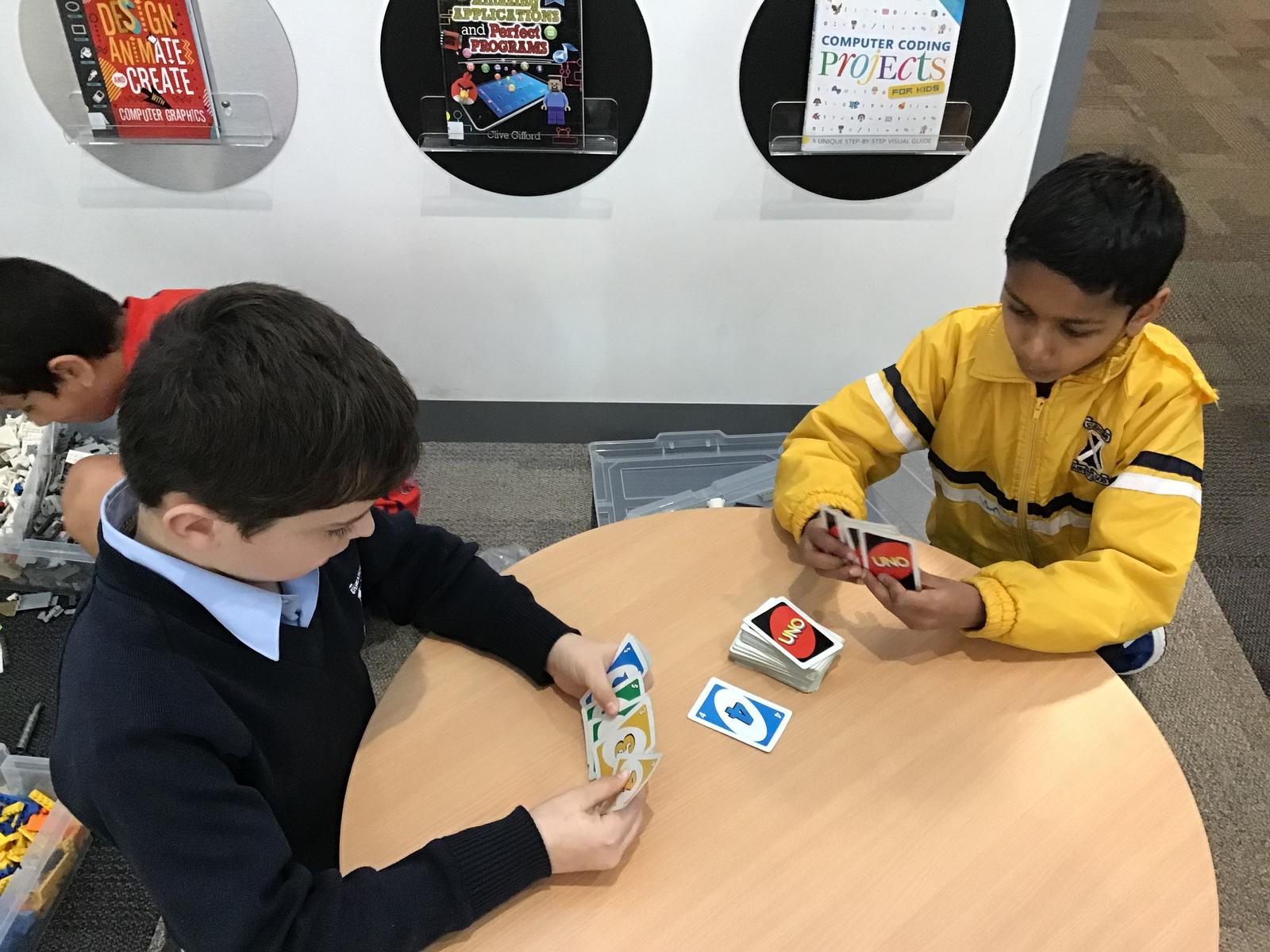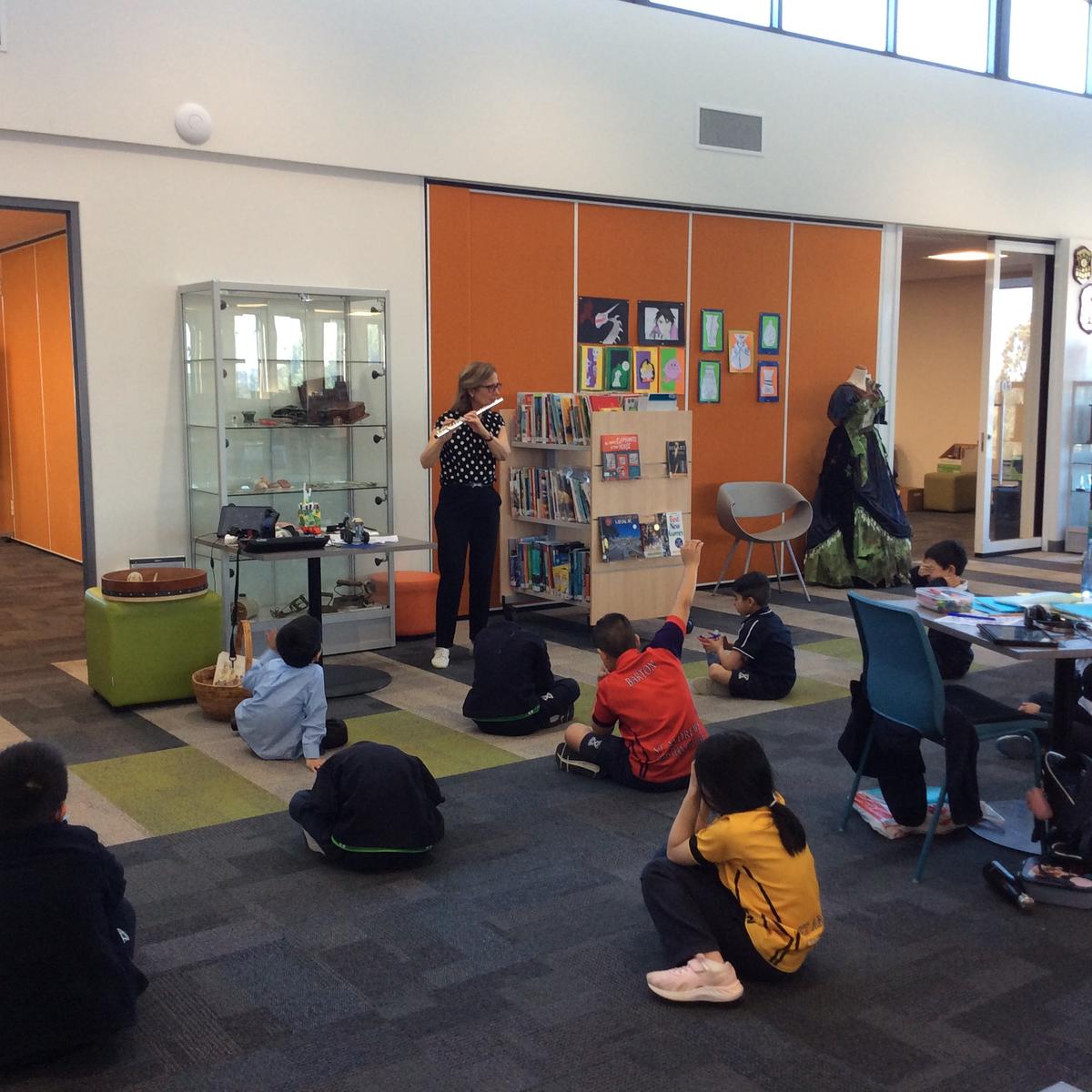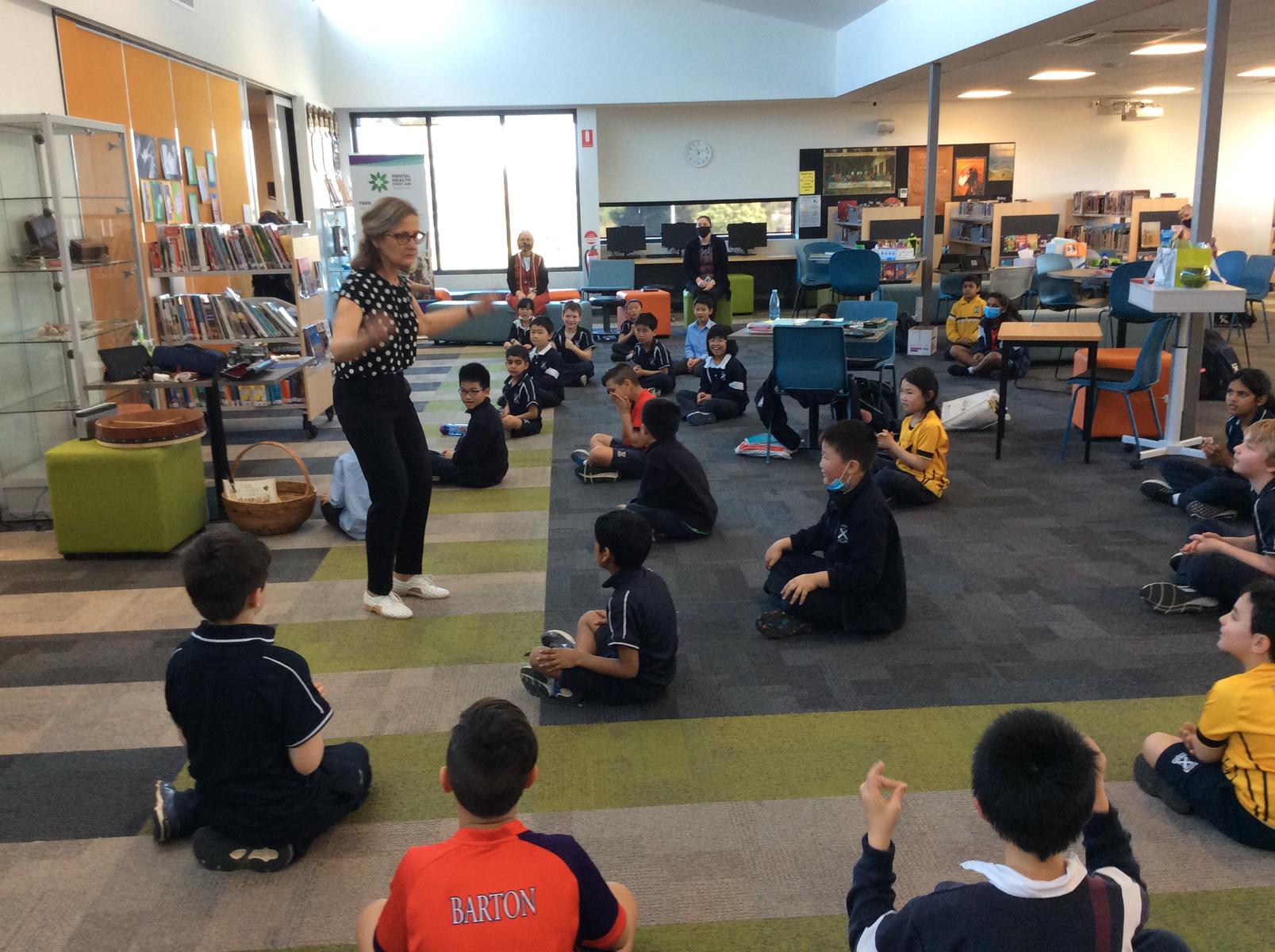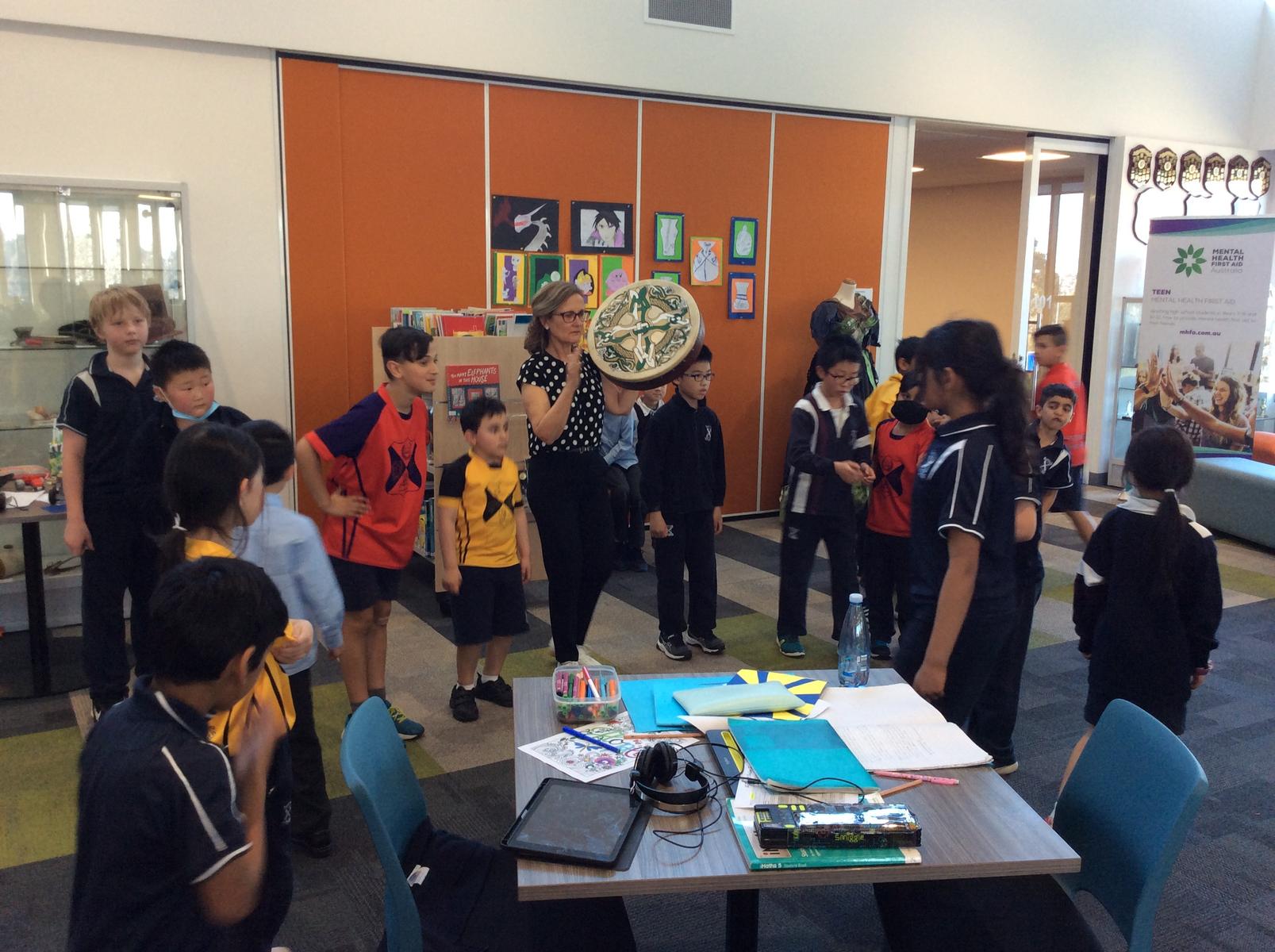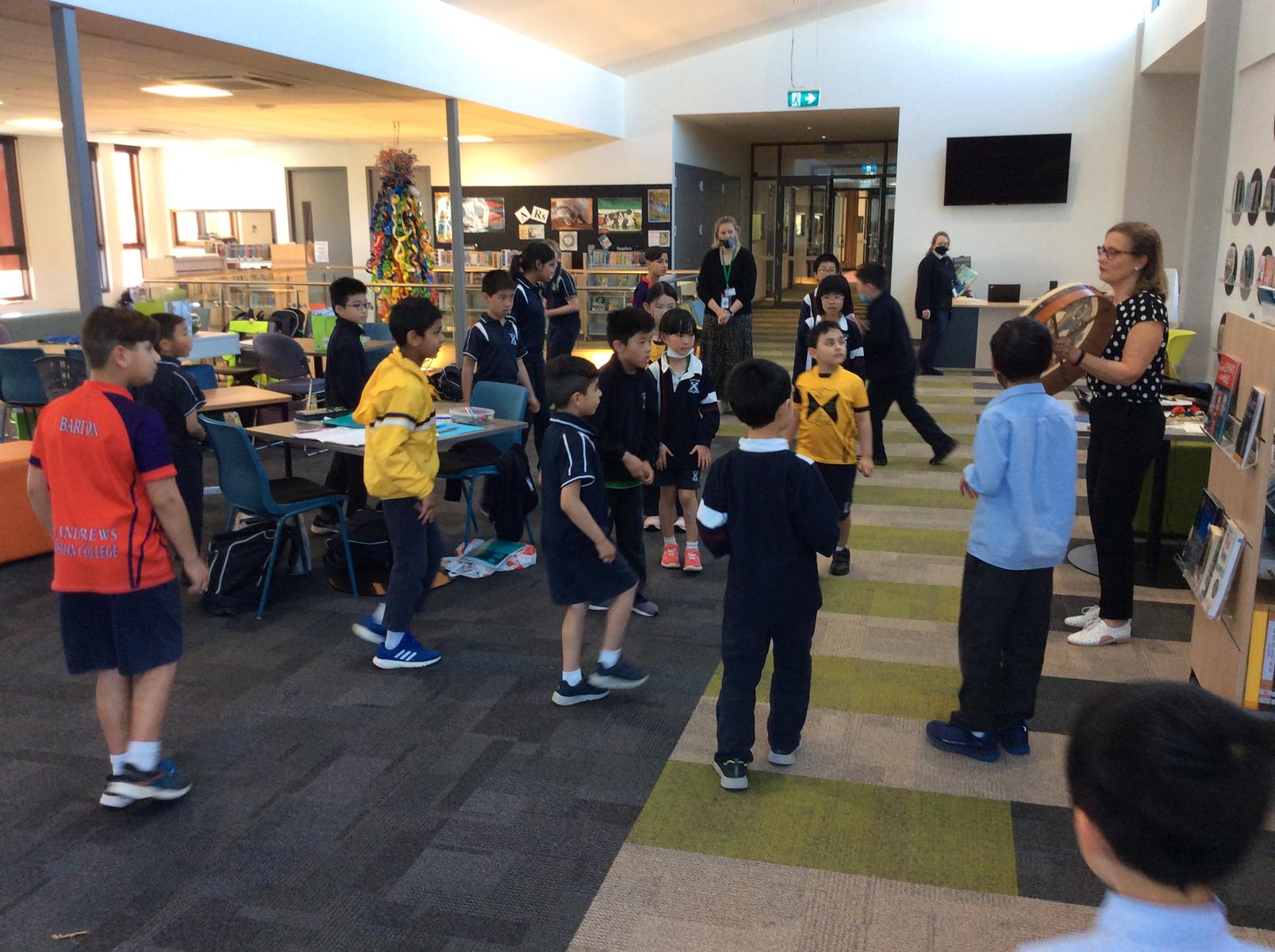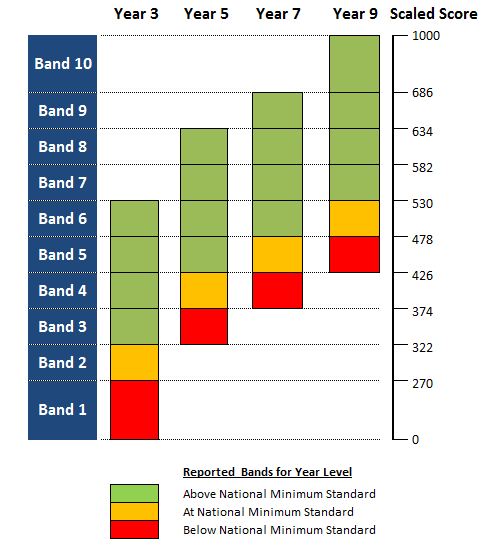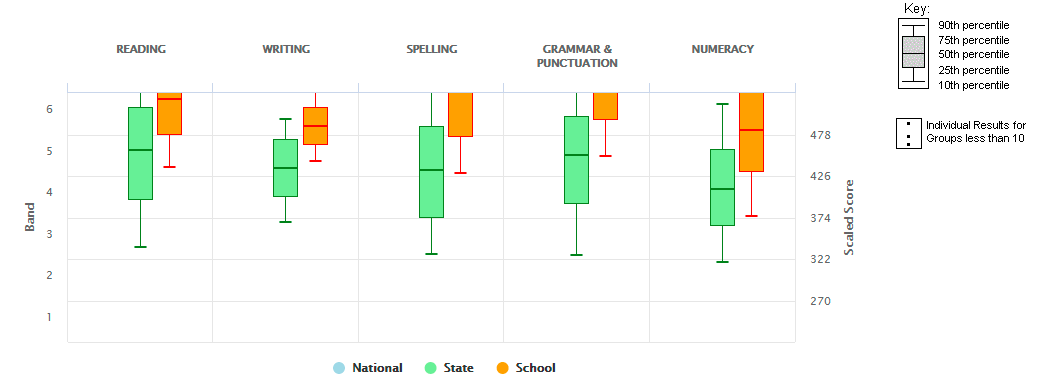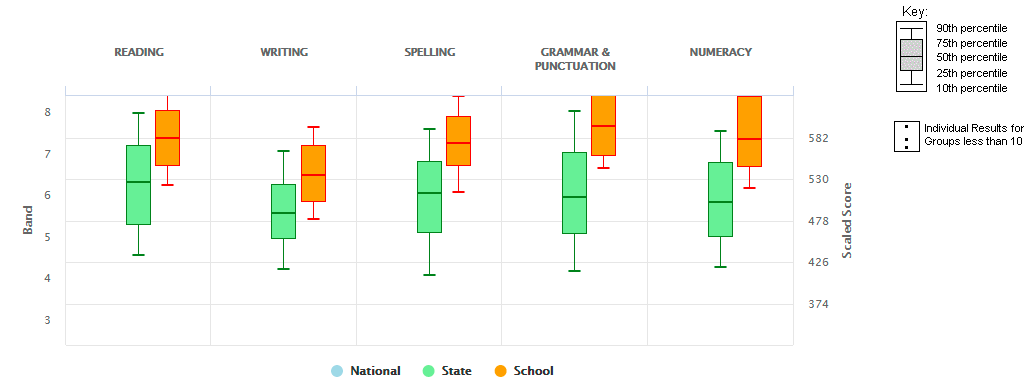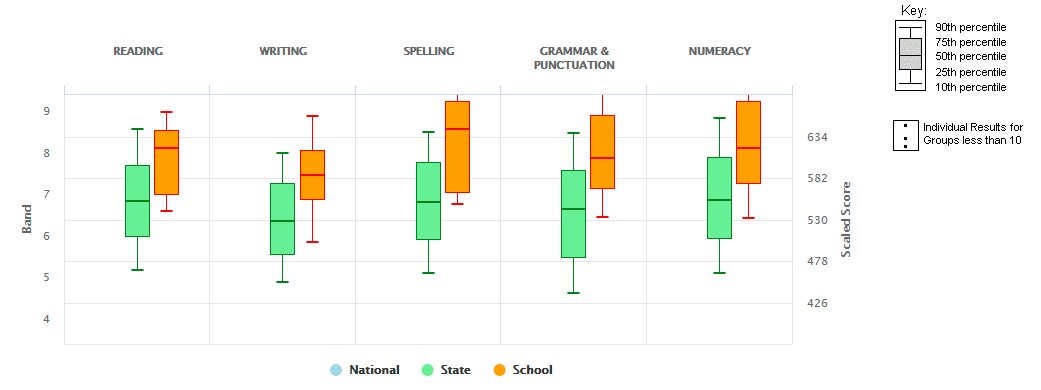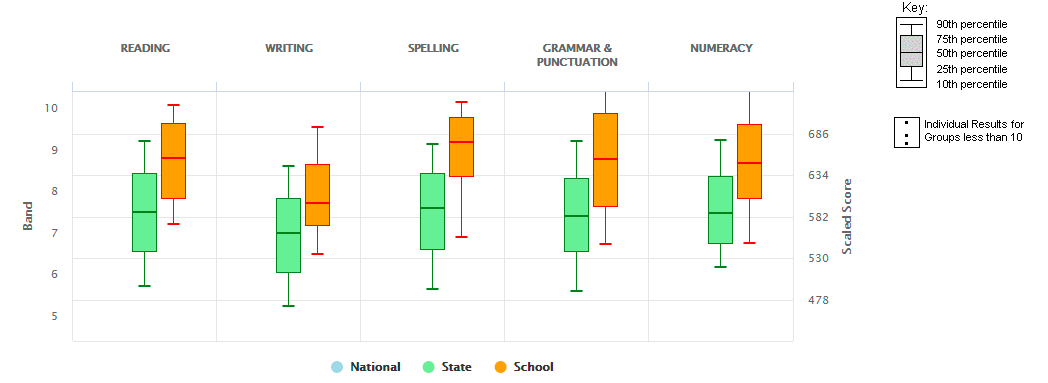LEARNING AND TEACHING

Learning Support at St Andrews
Lockdown #6 has been a long one but it has been a joy to work alongside the wonderful Learning Assistants as they have supported the students who have needed to be onsite.
Each morning, after staff devotions, there is a buzz of activity as LAs set up and plan for the day. They have learned to navigate getting multiple students onto Zoom devotions and classes, managed the technology and had to answer many interesting student questions. Learning Assistants have created resources, conducted science experiments, cooked, made vegetable instruments and much more.
We have had some of the OSHC team come and help out, as well as some of our casual staff in order to run the program at school. These beautiful ladies have also gone above and beyond as they have worked alongside our students.
Students have also had the opportunity to do a period of PE with Mr Farmer and the PE team each Wednesday afternoon. Mrs Darlison came in and ran some Art sessions on Monday afternoons. Lego club has been a highlight for some students and Mrs Wansbrough ran a music session with the primary students; students were challenged to listen carefully and follow the beat!
And so, to our LAs, Specialist teachers, OSCH staff and all who are supporting learning on site, we say this to you in the words of Paul:
Every time we think of you, we thank God for you. Day and night you’re in our prayers as we call to mind your work of faith, your labor of love, and your patience of hope in following our Master, Jesus Christ, before God our Father. It is clear to us, friends, that God not only loves you very much but also has put his hand on you for something special.
1 Thessalonians 1:2-5a
Wendy Punay has continued her intervention program with primary students over Zoom…whilst it is challenging to create the same learning experiences, each and every student has continued to engage and work hard. We cannot thank parents enough for continuing to support getting their children on to Zooms, and being near them to troubleshoot. It’s amazing to see the continual growth in learning – even through lockdown!
Kerryn Terrington has continued working with individuals and small groups both with intervention and also enrichment activities. Future Problem Solving sessions with some Year 5 and 6 students have been fun and particularly challenging, giving students an opportunity to be stretched in their thinking and to apply brainstorming and creative thinking to scenarios set in the future.
Learning Support has completed all Student Support Group meetings this term and it has been a joy to celebrate student growth with parents and teachers.
You are always welcome to contact one of the Learning Support teachers:
- Shirley Gillie – Head of Learning Support sgillie@standrews.vic.edu.au
- Wendy Punay – Learning Support Teacher – Primary wpunay@standrews.vic.edu.au
- Kerryn Terrington – Learning Support Teacher – Secondary kterrington@standrews.vic.edu.au
Blessings
The Learning Support Teachers
NAPLAN Results – Congratulations
As you would be aware, the NAPLAN results for 2021 have just been released and parents of students in Years 3, 5, 7 and 9 whose children completed the tests will have received a copy of their child’s NAPLAN Report. It is my pleasure to be able to report that students from St Andrews Christian College have achieved outstanding results in these National Tests.
To assist in understanding how NAPLAN results can be interpreted, the following information and diagram may be useful.
Student outcomes for the five NAPLAN domains: Reading, Writing, Spelling, Grammar and Punctuation, and Numeracy, are provided as scaled scores. These scores range from 0 to 1000, and form the numeric continuum from which the ten national reporting bands are derived. The National Assessment Program scale maps student outcomes onto a ten-band continuum.
National, State and school distributions are presented as box-and-whisker plots graphed against the bands relevant for the year level as follows:
- Year 3 - results are reported in Band 1 to Band 6. Band 2 is the National Minimum Standard.
- Year 5 - results are reported in Band 3 to Band 8. Band 4 is the National Minimum Standard.
- Year 7 - results are reported in Band 4 to Band 9. Band 5 is the National Minimum Standard.
- Year 9 - results are reported in Band 5 to Band 10. Band 6 is the National Minimum Standard.
The expectation is that each Year 5, 7 and 9 student would progress one band in each testing area across the two-year period. Year 3 students would be expected to progress two bands in each testing area.
The following graphs indicate the performance of St Andrews Christian College students relative to the performance of all students in Victoria.
Year 3
Year 5
Year 7
Year 9
The tables below indicate the performance of St Andrews students who are above the State median
Percentage of students at or above the State Median:
Year 3 | Year 5 | Year 7 | Year 9 | |
| Reading | 86.7 | 90.6 | 85.2 | 84.0 |
| Writing | 92.4 | 83.0 | 88.9 | 77.6 |
| Spelling | 88.7 | 92.4 | 92.6 | 83.7 |
| Grammar and Punctuation | 92.4 | 94.3 | 88.9 | 75.5 |
| Numeracy | 83.0 | 92.4 | 77.8 | 86.0 |
Percentage of students at or above the State 90th Percentile:
Year 3 | Year 5 | Year 7 | Year 9 | |
| Reading | 35.8 | 22.6 | 31.5 | 36.0 |
| Writing | 47.2 | 22.6 | 25.9 | 24.5 |
| Spelling | 47.2 | 34.0 | 59.3 | 53.1 |
| Grammar and Punctuation | 47.2 | 45.2 | 40.7 | 36.7 |
| Numeracy | 37.7 | 45.2 | 31.5 | 32.0 |
Year 9 Student Achievements
This year the Victorian Curriculum and Assessment Authority (VCAA) initiated a Certificate of Achievement Program to acknowledge students who had either scored in the top band in the State in the Reading and/or Numeracy Tests or who had shown a high level of learning growth from Year 7 to Year 9.
Congratulations to the following Year 9 students who have received Certificates of Achievement in the 2021 NAPLAN Tests. The College is very proud of your achievement!
| Alina Cao | Numeracy Achievement |
| Hannah Connolly | Reading Achievement and Reading Growth |
| Noah Crotty | Reading and Numeracy Achievement |
| Max Demunck | Reading and Numeracy Achievement |
| Caleb Elbourne | Reading Achievement |
| Daniel Farmer | Reading and Numeracy Achievement |
| Jonathan Grant | Reading Achievement and Reading Growth |
| Laura Hooi | Reading Achievement |
| Aidan Hu | Reading Achievement |
| Jayden Hung | Numeracy Achievement and Reading and Numeracy Growth |
| Adele Kalnoki | Reading and Numeracy Achievement |
| Nicholas Kho | Reading Growth |
| Evan Kong | Numeracy Achievement |
| Jonathan Lam | Numeracy Achievement and Reading Growth |
| Henry Liu | Numeracy Achievement |
| Krish Mittal | Reading Growth |
| Alvin Motet | Reading and Numeracy Achievement |
| Caleb Nah | Numeracy Achievement |
| Daniel O’Donnell | Numeracy Achievement |
| Helena Ritter | Reading Growth |
| Isabelle Smith | Reading Achievement |
| Vivienne Wang | Reading and Numeracy Achievement and Reading Growth |
| Daniel Wong | Reading Growth |
| Evangeline Wong | Reading Achievement |
| Summy Yee | Numeracy Achievement |
| Una You | Reading and Numeracy Achievement |
| Nathan Yuen | Reading Achievement |
| Tylor Zhu | Numeracy Achievement and Numeracy Growth |
Michael Swanborough
Head of Learning and Teaching
Mathematical Problem Solving
Congratulations to one of our parents, John O’Donnell, who submitted the following solution to “The Farmer’s Puzzle” :
A hundred dollars a farmer paid
For a hundred animals ‘through the trade’
Sheep cost ten dollars and pigs cost two
Hens cost fifty cents. What did she do?
Your task was to determine how many of each animal the farmer purchased.
John’s answer is:
1 sheep x $10.00 = $10
27 pigs x $2.00 = $54
72 chickens x $0.50 = $36
Total animals = 100, Total cost = $100
A second answer is:
4 sheep x $10.00 = $40
8 pigs x $2.00 = $16
88 chickens x $0.50 = $44
I was trying to solve by logic and substituting numbers to try and get the answer, and initially thought there was no answer. Then I did a spreadsheet, and did every possible combination of 0-10 sheep, 0-50 pigs, 0-200 chickens which gave me the answers.
Some of the key points to note in the solution are:
Solutions will be found by working in an organised way through every case.
However, there is no point in checking chickens that are not a multiple of 4 because only multiples of 4 chickens require the multiples of $2 which must be available to swap for pigs ($2) or sheep ($10).
- 200 is the largest possible number of hens to spend $100, but 200 hens is more than the total number of animals allowed.
- We could start with 100 hens, but this wouldn’t work as it would “use up” all of the animals but only spend $50.
- So, if there is a solution, it must be less than 100 hens and also be less in multiples of 4.
Working in an organised way with this extra information, and using a table to record results, produces:
Hens ($0.50) | $ Left | Sheep ($10) | Pigs ($2) | Animals |
96 | $52 | 1 | 21 | 118 |
96 | $52 | 2 | 16 | 114 |
96 | $52 | 3 | 11 | 110 |
96 | $52 | 4 | 6 | 106 |
96 | $52 | 5 | 1 | 102 |
92 | $54 | 1 | 22 | 115 |
92 | $54 | …. | …. | Too many |
92 | $54 | 4 | 7 | 103 |
92 | $54 | 5 | 2 | 99 |
88 | $56 | 1 | 23 | 112 |
88 | $56 | …. | …. | Too many |
88 | $56 | 4 | 8 | 100 |
72 | $64 | 1 | 27 | 100 |
New Activity – Dice Footy
Given that we are in the midst of the AFL Football Finals, an activity which you might like to try as a family is the game of dice footy.
Take a standard six-sided dice and use this to simulate a football game. The first roll of the dice is the number of goals scored in the quarter and the second dice roll is the number of behinds. The total score for the quarter is found by multiplying the number of goals by 6 (6 points for a goal) and then adding the number of behinds. Record your scores for each quarter and see who wins the game.
An example is as follows:
Player 1 |
|
|
| Player 2 | |||||
Goals | Behinds | Points |
|
|
| Goals | Behinds | Points | |
| Q1 | 4 | 2 | 26 |
|
| Q1 | 3 | 5 | 23 |
| Q2 | 2 | 6 | 18 |
|
| Q2 | 4 | 1 | 25 |
| Q3 | 5 | 4 | 34 |
|
| Q3 | 2 | 3 | 15 |
| Q4 | 6 | 1 | 37 |
|
| Q4 | 6 | 5 | 41 |
| Total | 17 | 13 | 115 |
|
| Total | 15 | 14 | 104 |
You might like to play a “season” and record the scores after each round. Even play a finals series and see which team wins.
A mathematician might be interested in a range of different questions about the scores.
a) What is the maximum score possible?
b) What is the minimum score possible?
c) What is the expected, or average, score per game?
d) What are the chances of the game being a draw?
e) If my opponent has had their turn in the last quarter and is now 22 points ahead, what are my chances of winning?
f) What is the chance of me scoring at least 15 goals, 18 goals, 20 goals…?
g) How many games would you have to play to score the “maximum” score possible?
What other investigations might be possible?
I hope you enjoy the challenge.
Please feel free to send through your solutions – I’ll publish the best responses in the next newsletter.
Michael Swanborough
Head of Learning and Teaching

